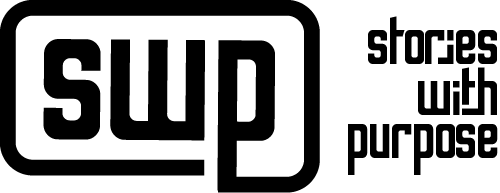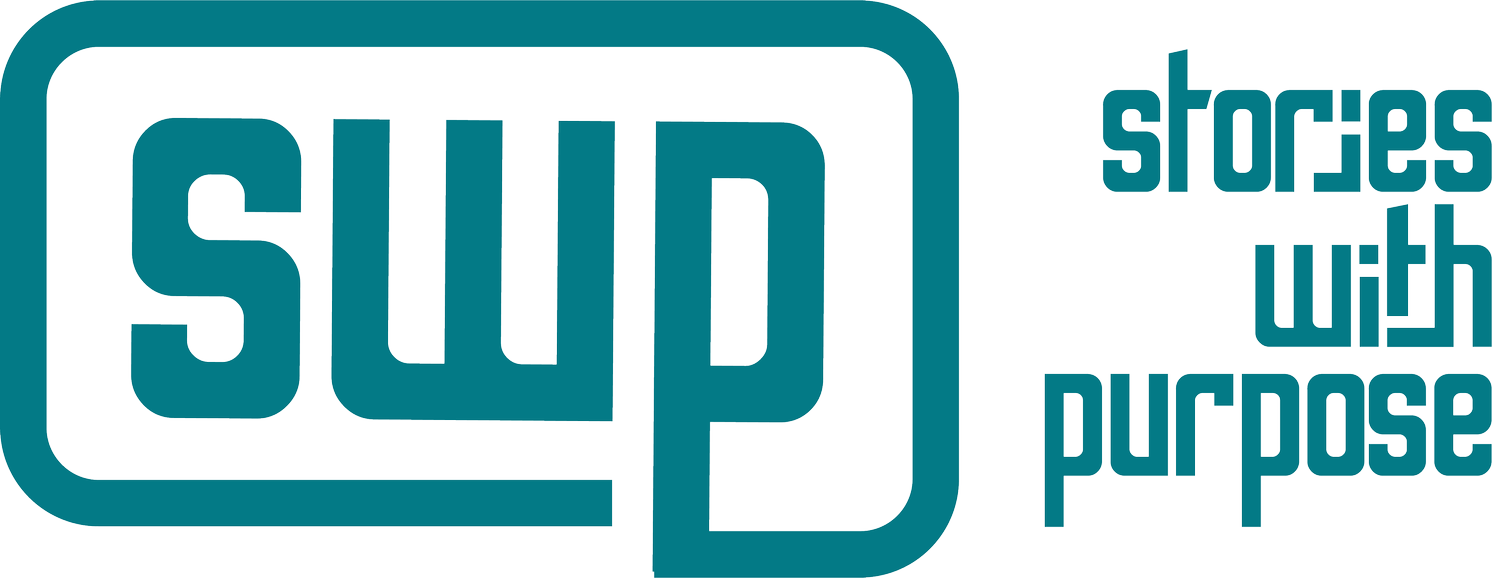When a Typo Becomes Genius: The Bold Strategy Behind Coors’ “Refreshment” Campaign
Picture this: you're walking down the street, and a massive billboard catches your eye. It’s bold, vibrant, and unmistakably Coors. But then you squint and realize something is...off. The word “Refreshment,” that cornerstone of their branding, is misspelled. Cue the social media frenzy.
Exactly as planned.
Yes, Coors did it on purpose. That so-called typo wasn’t a mistake—it was the centerpiece of a bold marketing campaign designed to grab attention, spark curiosity, and, most importantly, start a conversation.
Why a “Mistake” Was the Perfect Move
In today’s crowded advertising space, it’s harder than ever to stand out. Coors knew they needed to do something different, something that would break the mold of traditional beer advertising. A deliberate typo did just that. It wasn’t just a quirk; it was a calculated risk to create buzz and engage their audience in a way that felt fresh and unexpected.
And it worked. Social media lit up with photos of the ad, memes, and comments ranging from, “How does this happen?” to “Is this real?” Coors leaned into the moment, releasing limited-edition merch featuring the misspelling and doubling down with the tagline: “A Case of the Mondays.”
Suddenly, this “mistake” wasn’t just an ad—it was an event.
Why the Campaign Was Brilliant
It Grabbed Attention
In a sea of polished ads, an intentional imperfection stood out. The “error” made people stop, look closer, and, most importantly, talk about it.
It Started a Conversation
People love to share things that surprise or intrigue them. The misspelled word wasn’t just noticed—it was discussed, debated, and shared widely, giving Coors organic reach that money can’t buy.
It Fit the Brand Personality
Coors’ laid-back, relatable vibe made this move feel natural. They weren’t afraid to laugh at themselves, and that humor resonated with their audience.
It Was Relatable
The tagline “A Case of the Mondays” tapped into a universal feeling. We’ve all had moments where things don’t go quite as planned, making the campaign not just clever, but human.
It Took a Risk
Playing it safe rarely makes headlines. Coors’ willingness to embrace the unexpected—and trust their audience to get the joke—paid off in a big way.
What Other Brands Can Learn
Bold Moves Pay Off
In a world full of noise, safe strategies don’t stand out. Sometimes, the riskiest move is the one that gets you noticed.
Engage Through Curiosity
A campaign that leaves people asking questions or sharing their own take creates deeper engagement. Give your audience something to talk about.
Stay True to Your Brand
Coors’ success came from aligning this bold strategy with their playful, authentic voice. Risk only works when it feels real and on-brand.
Leverage the Unexpected
Whether it’s a deliberate typo or another twist, leaning into the unconventional can create memorable moments that stick with your audience.
Don’t Just Sell—Start a Dialogue
The best campaigns don’t just deliver a message; they invite people into a story. Coors made their audience part of the joke, which made the campaign feel collaborative and fun.
The Power of Bold Storytelling
Coors’ “Refreshment” campaign is a masterclass in bold storytelling. What could have been dismissed as a small detail became a viral moment that defined their brand in a fresh way. By taking a risk and trusting their audience, they showed that great marketing isn’t about playing it safe—it’s about creating something people can’t stop talking about.
So, next time your team is brainstorming, ask yourself: are you creating just another ad, or are you ready to take a chance and spark a conversation? Because as Coors has proven, a little boldness can go a long way.



